Top 10 of 2020: Tech Discoveries
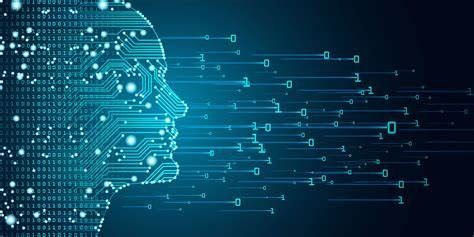
Image courtesy of gulftakeout.com
The end of 2020 brings to us a lot of advancements. Can we keep up?
February 2, 2021
2020 has been a hectic year, but with the chaos came a lot of advancements necessary for the betterment of humanity. From medical discoveries to artificial intelligence, the improvements made to society are undeniably significant.
10. High quality image of the Sun
Images of black holes and the sun have been difficult to take because of the absence or overabundance of light. By taking an image of the sun, astronomers can examine the sun for solar storms and understand the surface of the sun better, potentially allowing us to build theoretical structures like Dyson spheres (an array of solar panels in space) or a stellar engine (a thruster that moves the sun and our solar system out of the way of meteorites or other threats) to become a space-faring civilization.

9. Instruments that detected signs of life on Venus
Alien life has long been an interest of our astronomers, and the existence of specific phospholine gases on Venus could indicate that microbes live there/on that planet, since these microbes are known to produce those specific phospholine gases. Scientists have theorized that specific microbes, like extremophiles (bacteria that live in extreme conditions like a volcano), may live on Venus and that we may not be as alone in this universe as we thought. With more advanced instruments, scientists were able to detect the atmospheric composition of Venus.

8. Climate Change Attribution
Climate change attribution allows us to distinguish between human and natural effects on global climate patterns. It reveals important findings through virtual experiments and highly detailed simulations. Although climate change is a topic of contentious debate, climate change attribution technology now gives valuable insight to how we are affected by such change. These models give us not only a better understanding of our current weather patterns, but also an idea of what we may expect to see in the future.
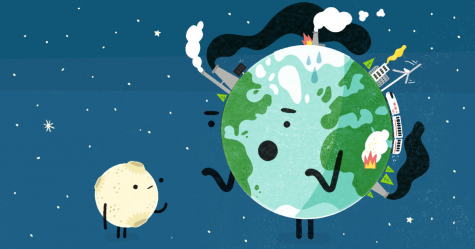
7. Privacy in messaging and encrypting and differential privacy
As technology connects us and allows us to know more about each other, there are growing fears surrounding the disappearance of privacy on digital platforms. Differential privacy technology will be employed by the U.S. Census Bureau to protect the identities of hundreds of millions of Americans. When the Census Bureau is conducting research, differential privacy, definition, will prevent malicious attempts to reveal identities.
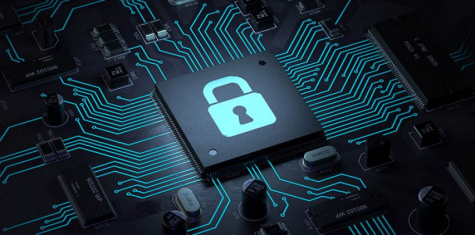
6. Satellite mega-constellations
As the cost of building and launching satellites has decreased, we now have the potential to launch tens of thousands of satellites into space at a time. Although there is an increased danger of satellite collision with so much traffic, when all of these satellites work together, they will be able to provide data coverage to even the most remote areas.
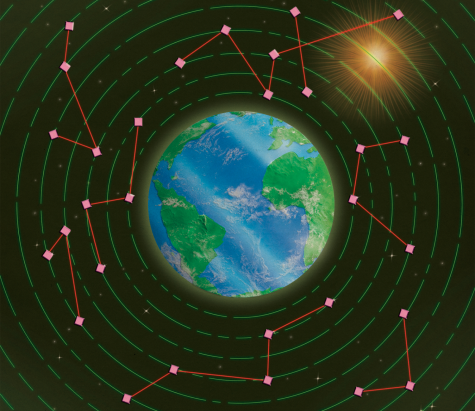
5. Widespread manufacturing of masks
Mask manufacturing has become more necessary than ever, with demands for surgical masks to filter out pathogens before humans inhale them at an all time high. A total of 35 companies in the United States have answered the call and begun to produce cloth masks. By changing the composition of the inner plastic linings, scientists have optimized masks to minimize their ecological impact and decrease their cost to consumers.

4. Artificial Intelligence (AI)
Artificial Intelligence (AI) is becoming more than just science fiction; it is becoming a reality. Whether it is used to solve complex science problems or deconstruct complicated mathematical algorithms, the potential of AI is tremendous. Although currently software engineers are focusing on harnessing its potential in business, we may see AI implemented in households in smart device management systems down the road.
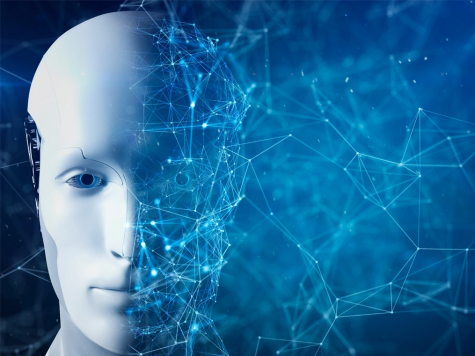
3. Video conferencing technology
Video conferencing has been an important tool from the beginning of quarantine, since it is a way of speaking in real time without being in close contact with another person. Many improvements have been made to video conferencing software that make them faster and better, such as adding new functions and allowing rooms to support more people. New york seed projects have invested in new tools like Vowel Video Conferencing and are currently being developed in order to support more customers by opening up new channels.
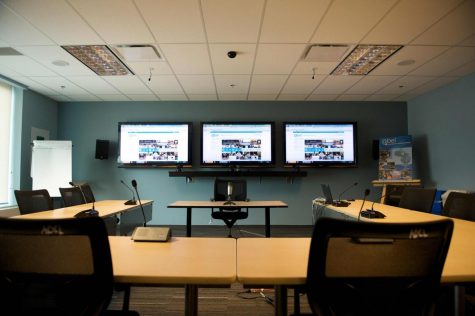
2. 5G
5G is finally here: the fifth generation mobile network. By removing the limitations of bandwidth and access, 5G will find its way in products such as mobile devices, smart homes, autonomous vehicles, traffic management, and industrial automation. As businesses implement 5G connections into their products, 5G may be instrumental in future technological discoveries and advancements. As it continues to evolve, it has the potential to become both affordable and accessible to everyone.
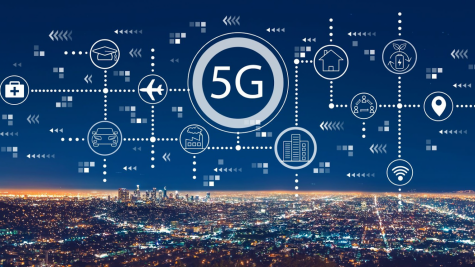
1. The COVID-19 vaccine
The COVID-19 vaccine is the key to ending the quarantine and resuming normal economic activity. Some people cannot receive the vaccine yet, since it has not been tested for children sixteen and under. It is still being distributed among the frontline workers and then the elderly, making its way down the age groups. Specifically, companies like Pfizer have developed an mRNA vaccine. However, the transportation and manufacturing process of these vaccines may be problematic due to the fact that some of these vaccines require extreme cold storage and also because everybody needs two doses to be fully vaccinated.






